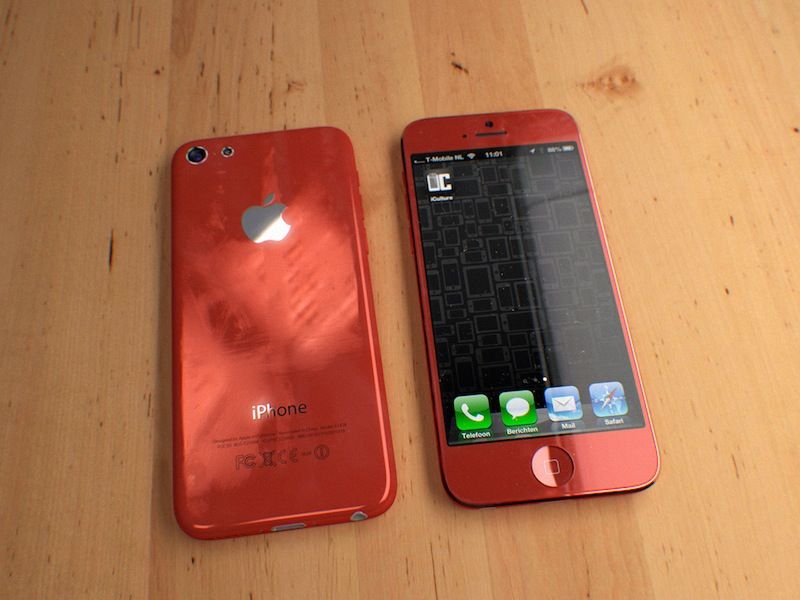Since Apple launched the iPhone in 2007, smartphones have really taken off , and more than 1 billion people worldwide now own one. Last year alone, smartphones generated $293.9 billion in sales, but the cost of the average smartphone has begun falling.
More than half of cellphone owners in the U.S. and other developed markets already own a smartphone, and those in emerging markets such as China and India aren’t able to pay for high-end devices like the iPhone. As a result, cheaper options are becoming increasingly popular.
According to data from IDC, the average price of a smartphone has fallen from $450 to $375 since the beginning of 2012. This means the iPhone and its high-end rivals like the Samsung Galaxy S4 and the HTC One are less appealing when up against cheaper alternatives.
“The days of great growth in the high end of the market are gone,” Michael Morgan, an analyst at ABI Research, told Bloomberg. “It’s the Chinese companies who know how to survive on tiny margins that are ready for the fight that’s about to ensue.”
A similar thing happened to the PC industry in the late ’90s. Former eMachines CEO Stephen Dukker recalls a time when millions of people who wanted access to the Internet bought cheap desktops from eMachines and other low-cost hardware providers, dropping PC prices from $1,898 in 1996 to $1,026 in 2002.
For Samsung, HTC, and others, this is less of a problem. While it may mean that their high-end offerings don’t sell quite as well, they have cheaper, entry-level and midrange alternatives that may benefit as a result. But for Apple, this isn’t the case — at least not yet.
You can either buy the high-end iPhone — the latest model which costs $199 with a two-year contract or from $649 unlocked — or you have to settle for older hardware, which doesn’t always get the latest software features. And even if you do go for an iPhone 4S or an iPhone 4, the cost of the monthly tariff can sometimes be more than that of a brand new midrange smartphone from a competitor.
So Apple needs a “low-cost” iPhone more than ever. Its shares have plummeted from a record high to an unfamiliar low, dropping below $400 apiece for the first time since December 2011 back in April. Apple may rectify that with a brand new gadget — possibly the iWatch — in the not-too-distant future, but right now it needs a stepping stone.
The iPad mini has been a massive success for Apple, proving that consumers want to pay less for the latest technology, and it’s likely an iPhone equivalent will can be just as big. Apple certainly appears to be working on one, but it’s unclear when it will become available.
Many reports suggest we’ll see it this fall — alongside the iPhone 5S, the fifth-generation iPad, and a new iPad mini.
Source: Bloomberg


